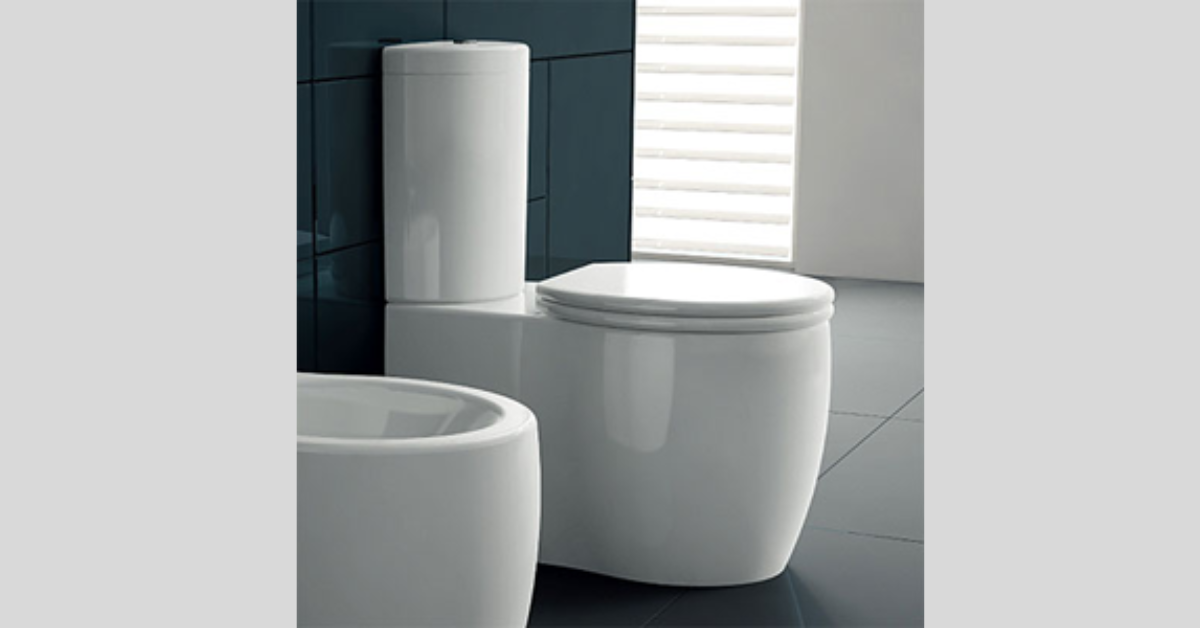Everything You Need to Know About Choosing the Right Toilet Bowl
The toilet bowl is one of the most essential fixtures in any bathroom. While it may seem like a simple purchase, selecting the right toilet bowl involves understanding plumbing configurations, water efficiency, comfort, design, and hygiene. Whether you’re renovating your bathroom or building a new home, investing in the right Toilet Bowl ensures long-term satisfaction and functionality. With a variety of types, features, and styles available today, this guide will help you make an informed decision for your home or commercial space.
Why Choosing the Right Toilet Bowl Matters
Toilet bowls are used multiple times every day by every member of your household. A poor-quality model can lead to frequent clogs, water wastage, discomfort, and even expensive repairs. In contrast, a well-designed toilet bowl improves hygiene, saves water, and complements the overall look of your bathroom. In modern homes, especially where bathrooms are part of the design focal point, a stylish and functional toilet bowl adds to the space’s aesthetic appeal and usability.
Common Types of Toilet Bowls
1. Close-Coupled Toilet Bowls
This is one of the most widely used toilet bowl types. The cistern is attached directly to the bowl, making it compact and easy to install. It’s an ideal choice for most standard residential bathrooms, offering good flushing performance and efficient use of space.
2. One-Piece Toilet Bowls
In one-piece models, the tank and bowl are fused into a single unit. These are sleek, easy to clean, and generally more durable due to fewer joints and connections. They are popular in modern and minimalist bathroom designs.
3. Two-Piece Toilet Bowls
A traditional option where the bowl and tank are separate. They are easy to transport and usually more affordable. Replacement parts are easier to find, and installation is straightforward.
4. Wall-Hung Toilet Bowls
Mounted on the wall with the tank concealed behind it, wall-hung toilets are ideal for creating a clean, contemporary look. They free up floor space and make cleaning easier. However, they require in-wall plumbing and stronger wall support.
5. Smart Toilet Bowls
These high-tech models often come with integrated bidet functionality, heated seats, motion sensors, automatic flushing, and even air purification. Ideal for homeowners who value hygiene, comfort, and innovation.
Key Features to Consider
1. Trap Type
Toilet bowls typically come in two outlet configurations: S-trap (drains through the floor) and P-trap (drains through the wall). Always check your existing plumbing layout before selecting a model.
2. Flushing Mechanism
Look for dual flush systems that allow users to select between a full or half flush. This reduces water consumption and supports sustainability. Some advanced models use pressure-assisted or siphon-jet flushing systems for better efficiency.
3. Bowl Shape and Size
Toilet bowls come in round and elongated shapes. Round bowls save space and are ideal for smaller bathrooms, while elongated bowls offer more comfort. Also, consider the height—standard height is about 15 inches, while comfort-height models go up to 17-19 inches, which is better for elderly or taller users.
4. Material and Finish
Porcelain and ceramic are the most common materials due to their durability and ease of cleaning. High-gloss glazes offer stain and scratch resistance. Matte finishes are trendy but may show water spots more easily.
5. Water Efficiency
Always choose a toilet bowl with a high water-efficiency rating. Many countries, including Singapore, follow labeling systems like WELS (Water Efficiency Labelling Scheme). A three-tick WELS rating ensures maximum efficiency, reducing your water bills while helping the environment.
Design and Aesthetic Considerations
While function is important, the design of your toilet bowl should also match your bathroom theme. Minimalist bathrooms pair well with one-piece or wall-hung toilets, while more traditional setups may benefit from classic two-piece styles. Finishes like matte black, glossy white, and even bold color options allow homeowners to personalize their space. Slim-line designs also help in compact bathrooms where space-saving is crucial.
Installation Guidelines
Hire a Professional Plumber: Even if your toilet bowl seems easy to install, always consult a licensed plumber to ensure correct alignment, sealing, and compliance with plumbing regulations.
Check Floor Conditions: Make sure the floor is even and free of cracks before installation. This ensures stability and prevents long-term damage.
Use Proper Sealants: Ensure the base is sealed correctly to avoid water leakage and bad odors.
Allow Access for Maintenance: If you’re installing a concealed or wall-hung unit, ensure there’s an access panel or maintenance point.
Cleaning and Maintenance Tips
Use Gentle Cleaners: Avoid abrasive materials that can scratch or dull the finish. Use pH-neutral bathroom cleaners to keep the bowl looking new.
Descale Regularly: Especially in areas with hard water, use a descaler monthly to remove mineral buildup.
Check for Leaks: Inspect the base and tank regularly. Even a slow leak can lead to water damage or mold.
Replace Worn Parts: Flapper valves, washers, and fill valves wear out over time. Replacing these promptly ensures your toilet functions efficiently.
Where to Buy Quality Toilet Bowls
Toilet bowls are available at bathroom showrooms, hardware suppliers, and online marketplaces. When buying, ensure you:
Choose Reputable Brands: Brands like TOTO, American Standard, KOHLER, Rubine, and Baron are known for reliability.
Check WELS Rating: Always buy water-efficient models.
Look for Warranty: A good warranty indicates product confidence and ensures after-sales support.
Confirm Plumbing Compatibility: Verify trap type, flushing mechanism, and height to match your home’s setup.
Read Reviews: Customer feedback helps you gauge the real-world performance of different models.
Frequently Asked Questions (FAQ)
1. What is the difference between S-trap and P-trap toilet bowls?
An S-trap toilet connects to a floor outlet, while a P-trap toilet connects to a wall outlet. The type you choose depends entirely on your bathroom’s existing plumbing setup.
2. Are one-piece toilet bowls better than two-piece models?
One-piece toilets are more modern, easier to clean, and have fewer joints, reducing the risk of leaks. Two-piece models are generally more budget-friendly and easier to transport or replace in parts.
3. How often should a toilet bowl be replaced?
A quality toilet bowl can last over 10 years. You should consider replacing it if there are persistent leaks, visible cracks, or inefficiencies in flushing that cannot be fixed.
4. Can I install a toilet bowl by myself?
While it’s possible, it’s strongly recommended to engage a licensed plumber. Proper installation ensures water-tight seals and compliance with plumbing regulations.
5. What is a WELS rating and why does it matter?
The Water Efficiency Labelling Scheme (WELS) helps consumers identify products that use water efficiently. A higher rating (up to 3 ticks) means better performance with less water.
Conclusion
Selecting the perfect toilet bowl is more than just picking a model from a catalogue. It’s about understanding your bathroom’s layout, your plumbing system, your family’s needs, and your personal design preferences. Whether you’re looking for a minimalist wall-hung toilet or a reliable close-coupled model, there are countless options to suit every home and budget. Focus on durability, water efficiency, and user comfort to make the most of your investment. Always purchase from trusted suppliers, ensure proper installation, and maintain your toilet bowl regularly for long-lasting performance. With the right choice, your toilet will provide years of hassle-free use while elevating the overall comfort and cleanliness of your bathroom.






